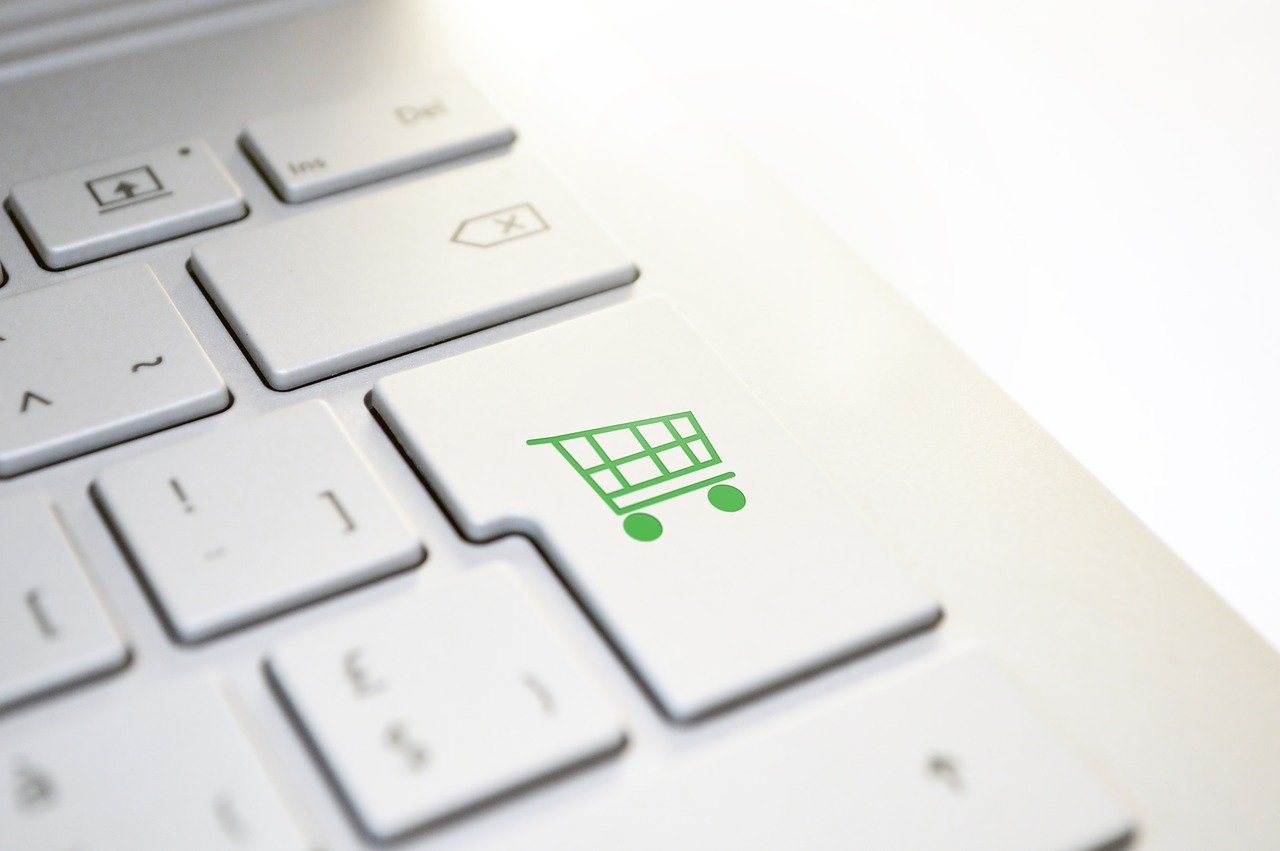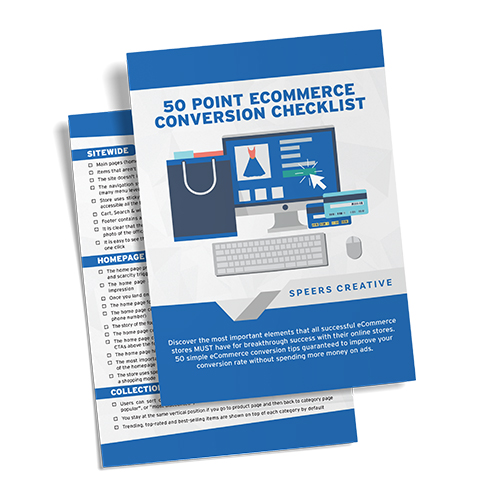Order Fulfillment: Your Blueprint for a Better Ecommerce Fulfillment Process
Created On: June 21, 2021
Created By: SC-Developer

It is no secret that the order fulfillment process that entrepreneurs choose can either make or break their eCommerce business. There are many benefits of establishing an order fulfillment process, from cutting costs to making sure products are delivered on time to better customer satisfaction.
But, the question is, how does one determine what the best order fulfillment strategy is?
Here, we are going to talk about just that and how entrepreneurs and small business owners can optimize their eCommerce fulfillment strategy to serve their customers better and get better results.
Since eCommerce is expected to cross $6 trillion by the end of 2022, it pays for entrepreneurs to ensure that their order fulfillment strategy is on point.
What is Order Fulfillment?
At its core, order fulfillment is the method in which a business processes its sales orders, which should always be according to the customer’s specifications. In short, it means delivering the goods to the customer as promised and on time.
Receiving
It all starts with inventory. Before you can fulfill orders from customers, you must first make sure you have an inventory, especially if you are planning to fulfill orders in-house, in which case, the inventory should always be on hand. For entrepreneurs and small business owners who prefer to outsource fulfillment, the inventory needs to be sent to the third party that will be fulfilling the order on your behalf.
Inventory Storage
Storing inventory is another crucial aspect of order fulfillment. It is crucial that each product or SKU is assigned a separate and dedicated storage location, as in, on a pallet, in a bin, or on a shelf. Having proper inventory storage will not only help keep your inventory secure but makes it easy to access once an order is placed. It also ensures that you know exactly how much of your inventory is left so that you can place more orders.
Order Placement
Here’s where the action begins. Once an order has been placed on your eCommerce site, it needs to be processed quickly. This involves locating the product amongst the inventory, retrieving the item, packaging and prepping it for shipment, or handing it over to your shipping partner. It is advised to always include a shipping label with the product’s specifications.
Shipping
Finally, once the product has been packed and delivered to the shipping partner, you should ensure that the items are shipped and delivered on time. Real-time tracking is a great addition to any eCommerce store and enables customers to know how far their shipment is from their front door. Depending on the location, eCommerce stores may use the UPS store, postal service, or a carrier who will be tasked with delivering the package to the customer.
Returning an Order
Order fulfillment also includes a return policy, just in case a customer does not like the item or if the item they received was damaged and they need to return it. Your return policy should be clear and indicated the conditions, number of days in which the item should be returned, and any other details pertaining to returning a package.
Ending Note
Today, customers hold more power than ever before. Not only have customers grown more demanding, but competitors are always on the lookout for new strategies to get an edge over the competition. Perfecting order fulfillment is always at the top of the list for entrepreneurs and larger corporations because it is key to a company’s reputation and bottom line.
The good news is that there are cost-effective ways in which entrepreneurs and small business owners can improve their order fulfillment process to not only keep up but compete with larger competitors. While the eCommerce landscape is in constant flux, the aforementioned tips on improving order fulfillment should help you get on to a good start.
Sc Inside Tips
Subscribe to the SC Insider Newsletter and get real eComm marketing tips and optimization tactics that we use every day inside our agency, all yours completely FREE...


